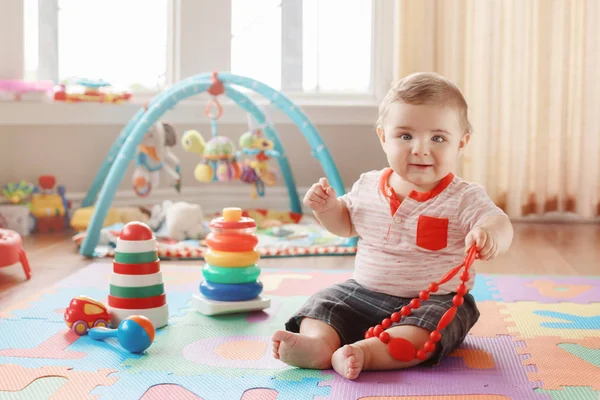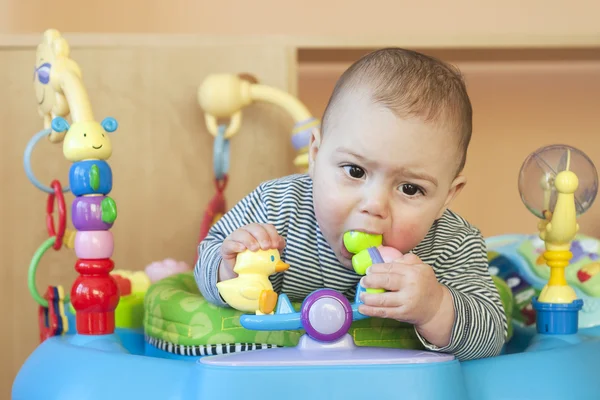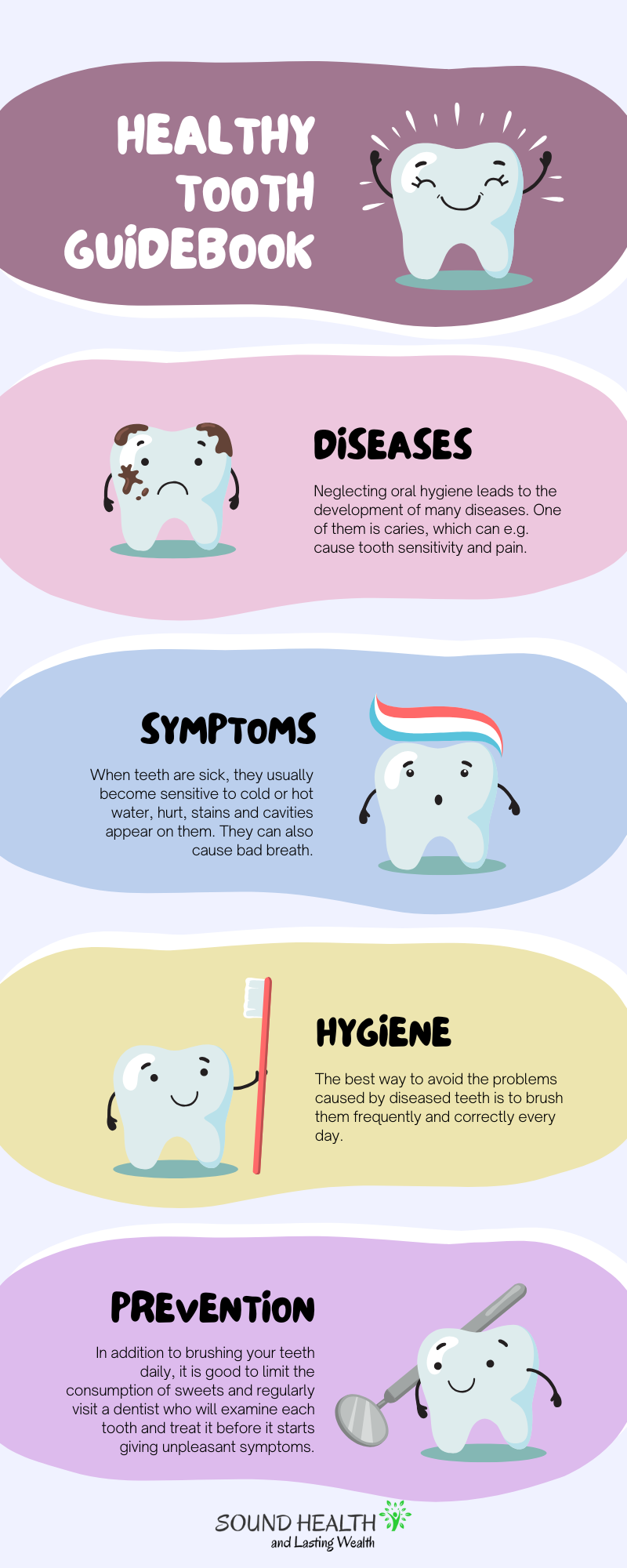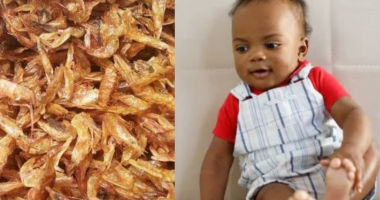Teeth development in Kids is a crucial aspect of their overall health and well-being. From the moment their first tooth emerges, parents embark on a journey filled with questions about teething, dental care, and the transition from baby teeth to permanent ones. Understanding the types of teeth, the teething process, and how to care for those delicate baby teeth can set the foundation for a lifetime of healthy smiles.
As children grow, they will experience the loss of their primary teeth, making way for permanent ones that will last into adulthood. This transition is not only natural but also essential for proper oral function. Additionally, protecting children’s teeth during sports and physical activities is vital to prevent injuries.

In this comprehensive guide, we will explore each stage of teeth development, provide practical tips for caring for your child’s dental health, and discuss common issues like tooth decay. By arming yourself with knowledge, you can help ensure your child enjoys a healthy mouth and confident smile for years to come.
Types of Teeth
Children typically develop two sets of teeth during their early years: primary (baby) teeth and permanent (adult) teeth.
- Primary Teeth: 20 primary teeth usually emerge between 6 months and 3 years of age. These include:
- Incisors (8 total): The front teeth that help with biting.
- Canines (4 total): The pointed teeth next to the incisors, are important for tearing food.
- Molars (8 total): Located at the back, these teeth are essential for grinding food.
- Permanent Teeth: Starting around age 6, children begin losing their primary teeth, which are replaced by permanent teeth. There are typically 32 permanent teeth, including:
- Incisors (8 total)
- Canines (4 total)
- Premolars (8 total)
- Molars (12 total, including wisdom teeth that may emerge later).
Teething
Teething can be a challenging phase for both children and parents. The process generally unfolds over five stages:
- Stage 1 (0-6 months): All primary teeth are formed beneath the gums.
- Stage 2 (6 months): The first incisors erupt, usually the lower central ones.
- Stage 3 (10-14 months): Primary molars begin to emerge.
- Stage 4 (16-22 months): Canine teeth erupt.
- Stage 5 (25-33 months): The last primary molars come in.
Symptoms of teething can include irritability, drooling, and a desire to chew on hard objects. While some parents worry about fever or diarrhea during this time, research indicates that these symptoms are not directly caused by teething.
Caring for Baby Teeth

Proper care for baby teeth is crucial for long-term dental health. Here are some essential tips:
- Begin cleaning your child’s gums with a damp cloth even before the first tooth appears.
- Once the first tooth erupts, use a soft infant toothbrush with a smear of fluoride toothpaste until age three. From ages three to six, switch to a pea-sized amount of fluoride toothpaste.
- Supervise brushing until your child can reliably spit out toothpaste, typically around age six or seven.
- Encourage healthy eating habits and limit sugary snacks and drinks to prevent tooth decay.
Tooth Decay in Baby Teeth
Tooth decay is a significant concern for young children, often referred to as Early Childhood Caries or Baby Bottle Tooth Decay. This condition primarily affects the upper front teeth but can impact others as well. Common causes include:
- Prolonged exposure to sugary liquids, especially when a child is put to bed with a bottle.
- Sharing saliva through feeding spoons or pacifiers can transfer cavity-causing bacteria from caregivers to infants.
Preventive measures include:
- Wiping gums after feedings and transitioning to a cup by the first birthday.
- Avoiding sugary drinks in bottles and encouraging healthy dietary choices.
Loss of Baby Teeth
Children typically start losing their primary teeth around age six, with the first to go usually being the central incisors. This process continues until about age twelve when most children will have lost all their baby teeth and have their full set of permanent teeth.
The timing of tooth loss can vary widely among children; however, it’s generally expected that by age seven or eight, they will have lost several primary teeth5.
Permanent Teeth
The emergence of permanent teeth is crucial for proper oral function and alignment. Children should be encouraged to maintain good oral hygiene practices as soon as their first permanent tooth appears. Regular dental check-ups become increasingly important during this time to monitor development and address any issues early on.

Mouthguards Protect Children’s Teeth
For active children involved in sports or physical activities, wearing mouthguards is highly recommended. These dental appliances help protect against injuries that can occur from falls or collisions. There are three main types of mouthguards:
- Stock Mouthguards: Readily available but may not fit well.
- Boil-and-Bite Guards: Offer a better fit by softening in hot water before molding to the child’s mouth.
- Custom Mouthguards: Made by dental professionals for optimal protection and comfort.
Using mouthguards during sports not only helps prevent broken or damaged teeth but also protects soft tissues in the mouth from injury. This comprehensive guide aims to equip parents with essential knowledge about their children’s dental development, emphasizing preventive care and the importance of maintaining oral health from an early age. By understanding these fundamentals, caregivers can foster healthier habits that will benefit their children throughout their lives.
Also Read | Does everyone have to get their wisdom teeth removed?










